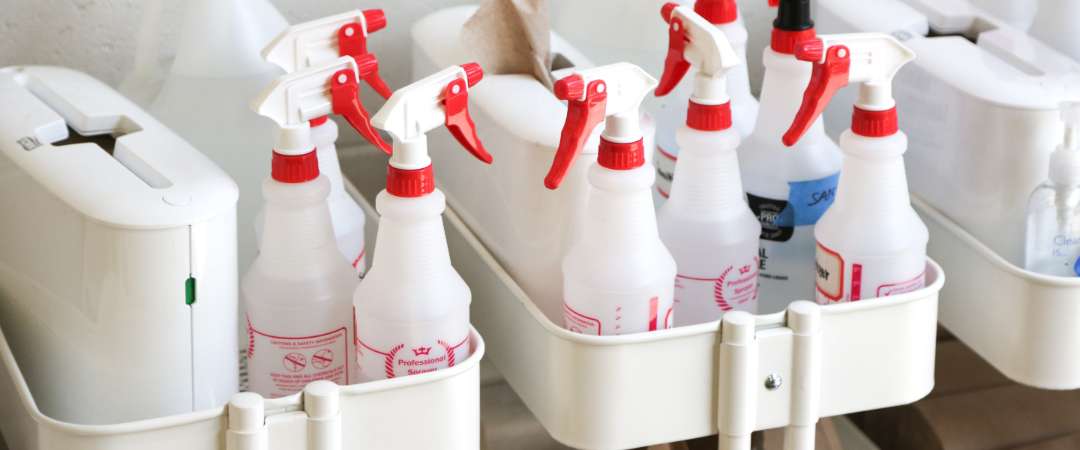
1. Directions/Uses/Instructions
This section of the cleaning label is the one people are most familiar with. It most commonly includes directions on how to apply a cleaning product or what to mix it with. If the chemicals included in the cleaner are only suitable for specific uses and applications, these will be listed here. Some chemicals, such as bleach and ammonia, work well for certain household uses, but in other situations, they could be caustic, corrosive and damaging to your belongings. Common uses are often listed on cleaning product labels along with instructions on how to properly mix, apply and dispose of your chemicals and solvents.
2. Caution
Arguably the most important part of any cleaning product label, the caution section contains critical information related to potential health and safety hazards regarding your household cleaning products. Not all cleaning products have the same caution information; similar to the previous section we discussed, some cleaning ingredients may only be problematic in certain situations, such as being mixed with other solvents.
The Caution section consists of two main components: Information on potential safety concerns and instructions on what to do if you encounter those situations. For example, "keep out of reach of children" is commonly found on bleach warning labels. The Caution section may also direct you to keep cleaners and solvents out of your eyes and mouth. Some may even direct you to wear protective wear or safety equipment when handling, such as goggles and rubber gloves. The other section will tell you what to do in case these situations are encountered. Common instructions would include flushing your eyes with water or visiting the hospital. Most companies will also provide a contact number where you can reach out to them for further assistance regarding your situation.
3. Ingredients
This section of your cleaning product label will detail what is in your product as required by law. This section provides information on the contents of your product and gives information to the consumer regarding potential conflicts when combined with other cleaners. For example, combining bleach and ammonia is highly toxic and produces noxious gases that can cause chest pain, shortness of breath and irritation to the throat, nose and eyes. Knowing your cleaning products' ingredients can help you to avoid potentially dangerous interactions between them.
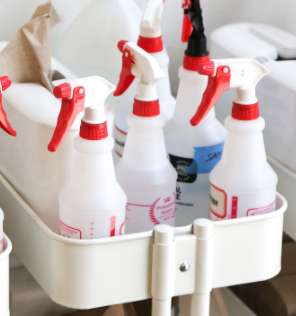
4. Storage
Some labels on cleaning products may not include a dedicated Storage section. They may include directions on safe storage in other sections of the label, such as the Caution or Instructions sections. However, it is true that all cleaning products have optimum storage conditions. This section of your cleaning label can detail any special storage instructions you may have for your household product. Dry chemicals, such as baking soda, should be kept away from wet areas like under the sink, while bleach warning labels will tell you to keep it stored in cool, dry places away from heat and sunlight.
Design Custom Cleaning Product Labels With LLT
When it comes to cleaning labels that are accurate and clear, no one does it better than LLT. We offer custom labels for multiple applications and industries. Our 20 years of helping companies with their labeling needs has taught us a lot about what consumers look for when they pick up your product.
Cleaning Labels: Related Articles
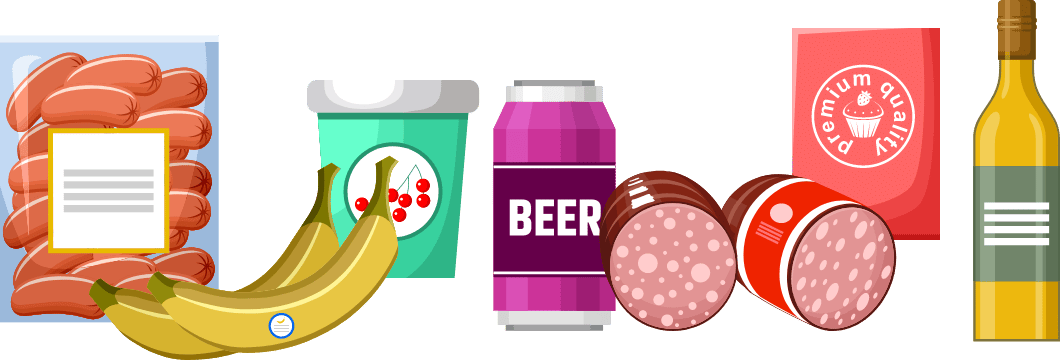
Whether you’re growing berries for frozen fruit mixes or preparing a pre-packaged snack...
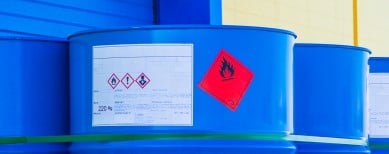
The Globally Harmonized System of Classification (GHS) is a standardized classification and labeling system adopted by the UN in order to create...
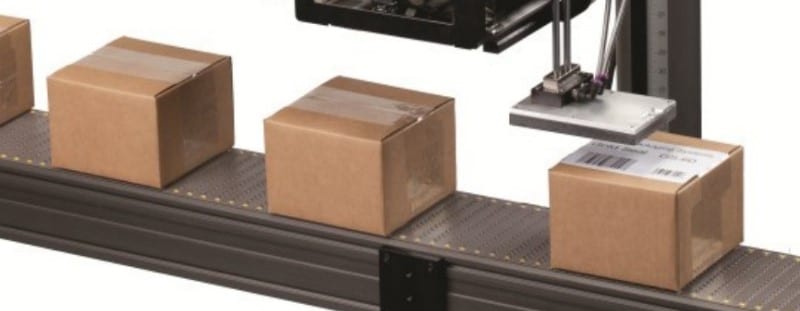
Many people commonly refer to label dispensers and label applicators as synonyms. However, there are some key differences...